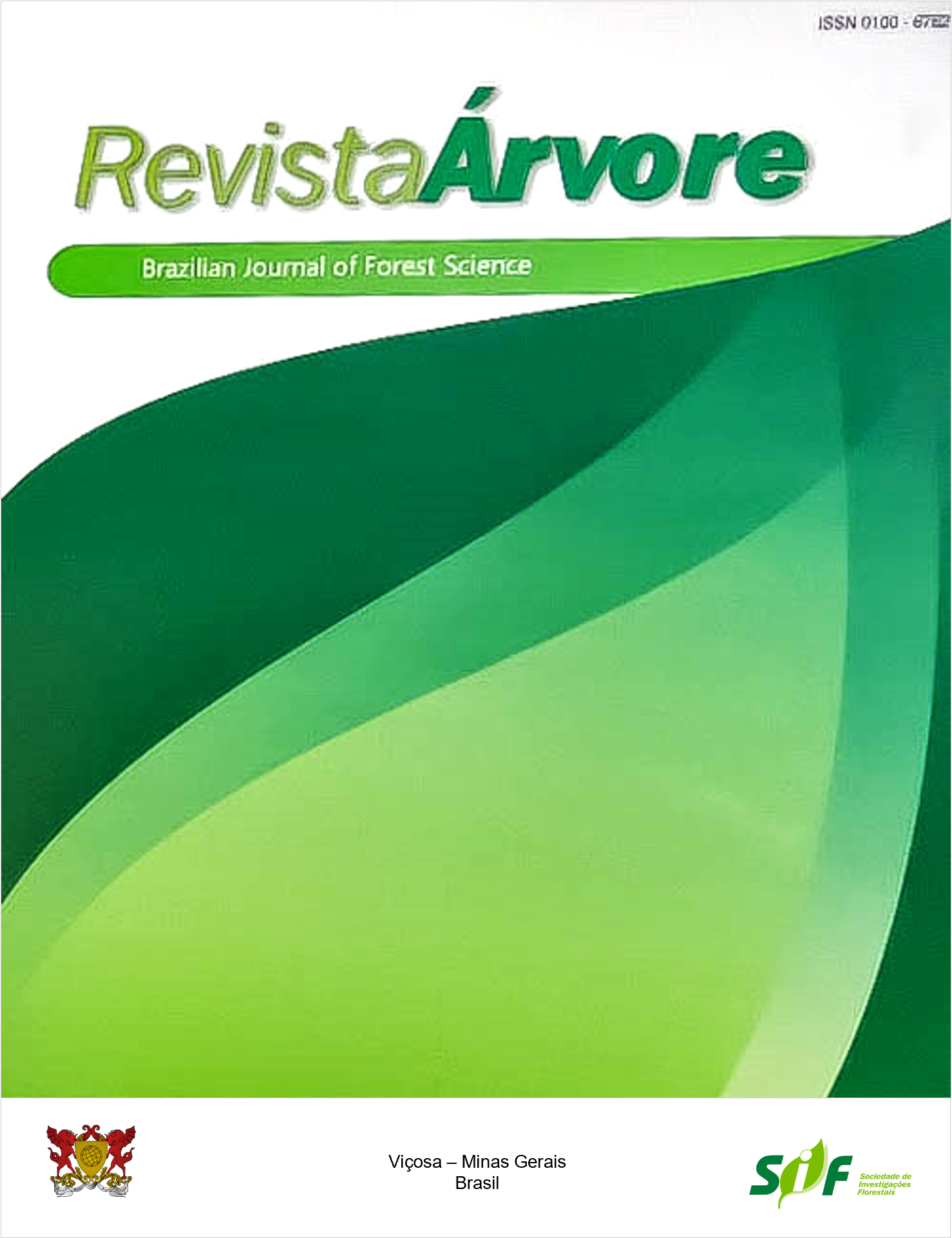COMPARATIVE ANALYSIS OF THE MECHANICAL PERFORMANCE OF TIMBER TRUSSES STRUCTURAL TYPOLOGIES APPLYING COMPUTATIONAL INTELLIGENCE
Keywords:
Pratt, Scissor, OptimizationAbstract
Timber application is viable in constructive systems because of its mechanical properties, suitable for structural applications in engineering. Timber is even more interesting to use since it is a renewable source. Among its several applications, timber is widely used in roofing structures, with several typologies of trusses. Therefore, it is necessary to understand the behavior of plane truss in different loading conditions, including dead load, service load, and wind suction load. The mechanical performance of two trusses (Pratt and Scissor) was analyzed and compared, according to the Brazilian standard of timber structures ABNT NBR 7190 (1997) (methods and calculus premises), with the finite element method, an algorithm of swarm intelligence optimization (structure weight minimization), and a parametric study. Based on minimum weight and maximum displacement as a function of span variation, Pratt typology presented lower weight (3-19%) when compared with Scissor, under the same span and loading conditions. Regarding maximum displacements, Pratt typology presented lower displacement values than the Scissor typology. The difference between these values ranged from two to seven times, indicating that Scissor typology can better distribute normal loads (maximum displacement closer to the normative limit displacement). Variance analysis (5% of significance) confirmed these results.
Keywords: Pratt; Scissor; Optimization
Downloads
Published
How to Cite
Issue
Section
License
Copyright (c) 2022 Revista Árvore

This work is licensed under a Creative Commons Attribution 4.0 International License.
All authors agreed to submit the work to Revista Árvore and granted the exclusive license to publish the article. The authors affirm that it is an original work and has not been previously published elsewhere. The scientific content and opinions expressed in the article are the sole responsibility of the authors and reflect their opinions, not necessarily representing the opinions of the editorial board of Revista Árvore or of the Society of Forest Investigations (SIF).




